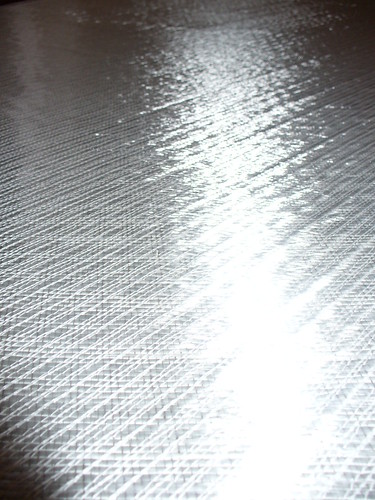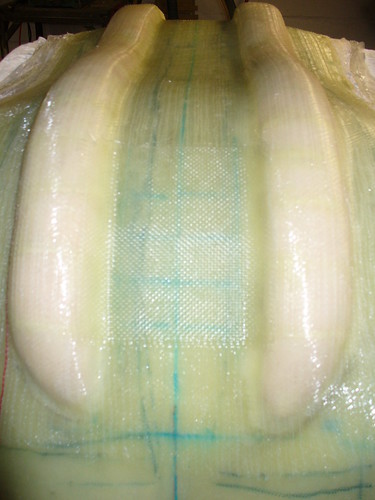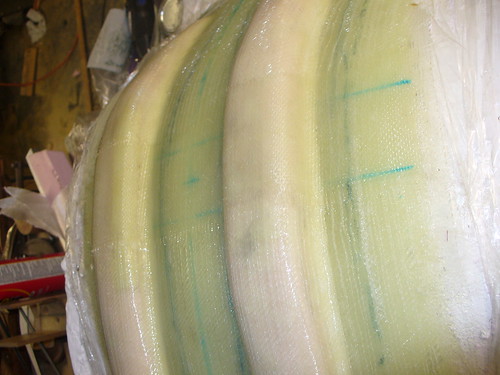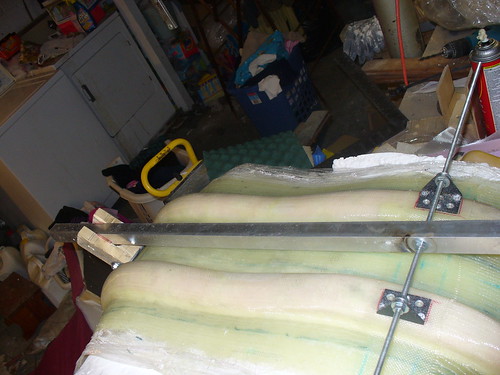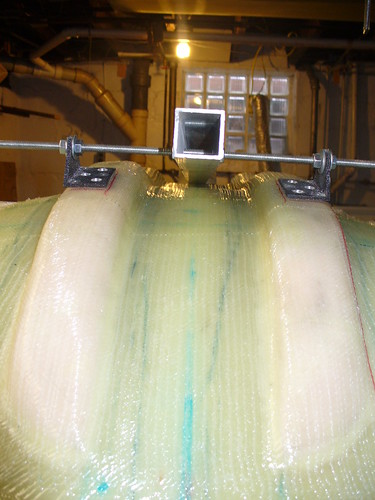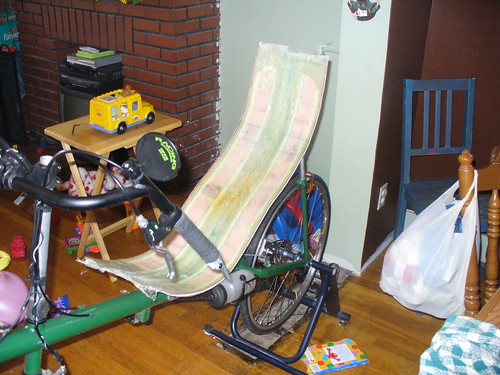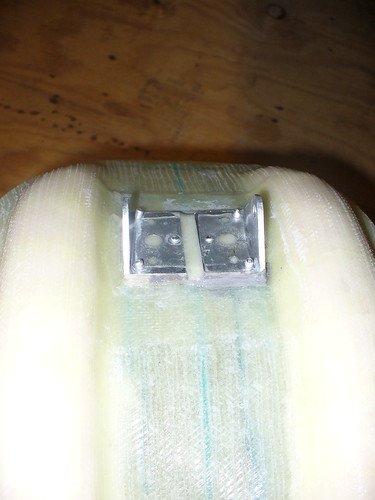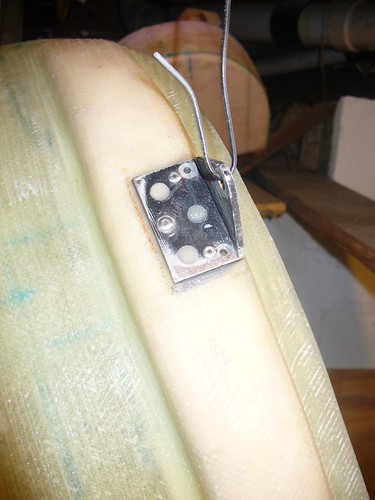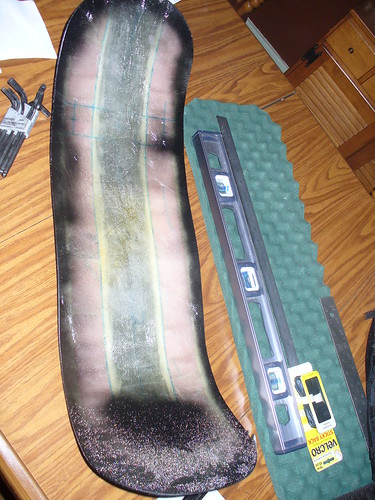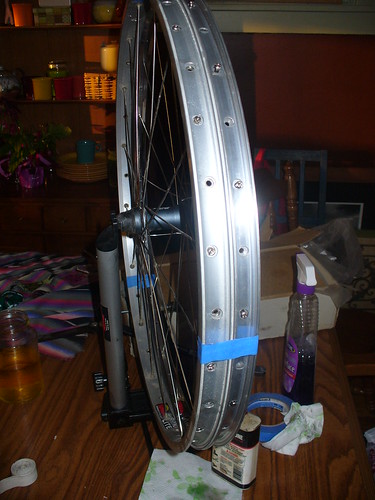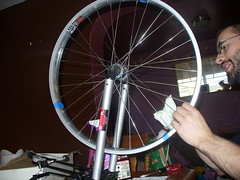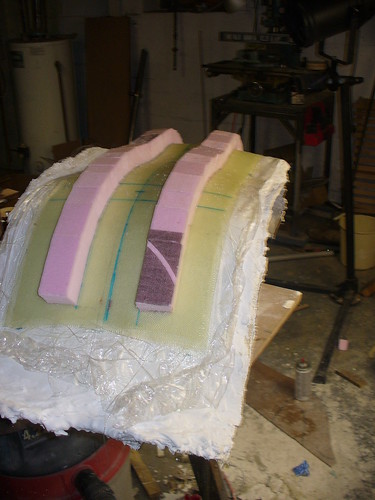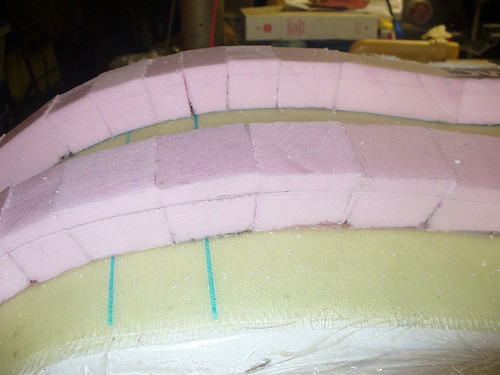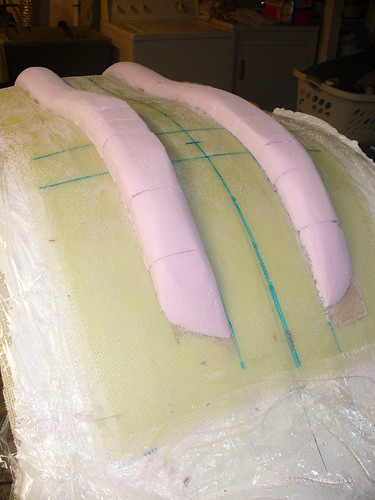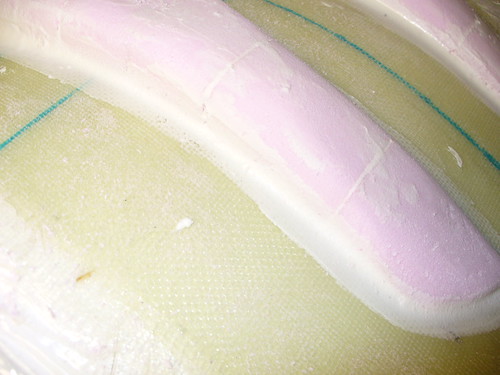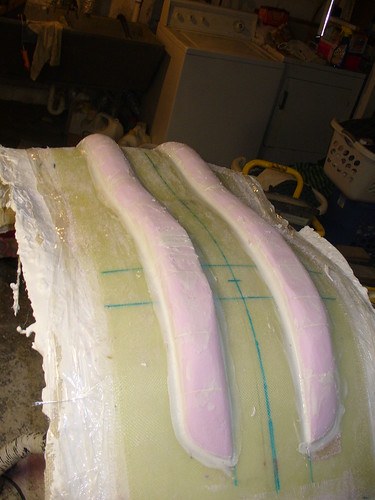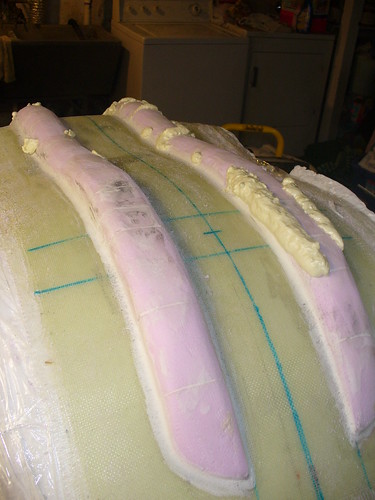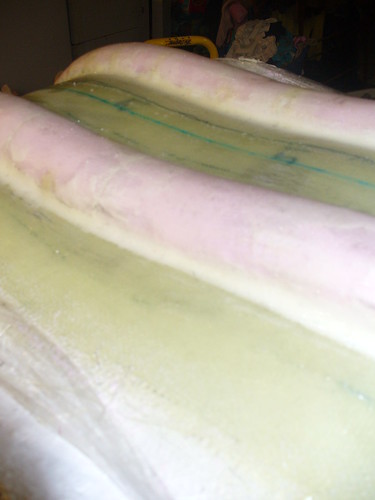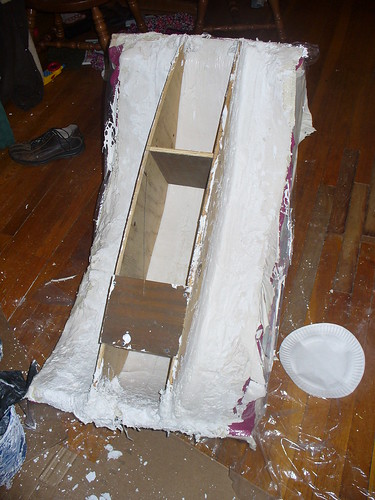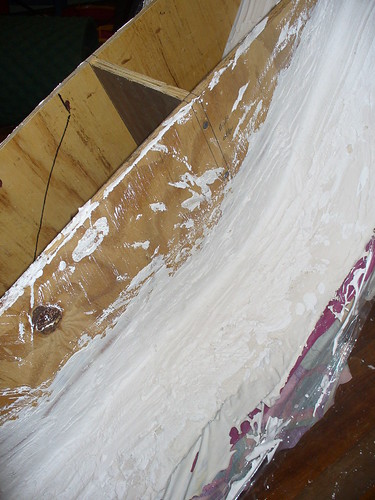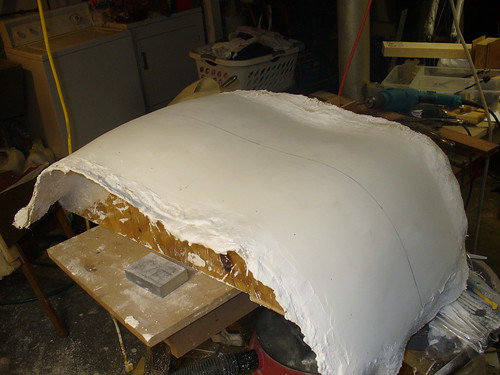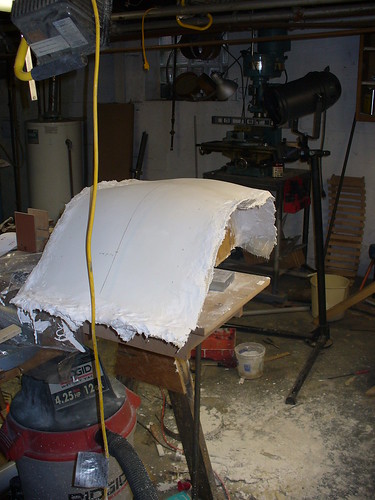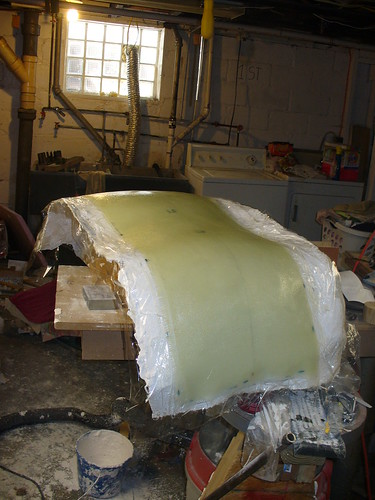I haven't ridden the montour trail at all in about 6 years, so I decided to give it a go. I poked about on google maps for a while and noticed that it intersected noblestown rd out in washington county. I've not ridden noblestown either, but it'll bring me back to the west end bridge... looks good to me.
The first 10 miles to get to the trail flew. Crossing Neville island I was pushing between 20 - 24 mph the whole way. The trail itself is predictably slow. The crushed limestone just sucks energy, and you are riding uphill the whole distance, albeit a very gradual one. There were the usual panoply of kids and families at the start of the trail. The crowds thinned out past Robinson, but the trail conditions also worsened. The climb between Robinson and 79 is long and fairly rough. (rough surface conditions, not rough climb) I was struggling to maintain 12 mph on much of it. Once you get to the plateau at the top the trail conditions get worse yet with a lot of rough gravel, mud, and loose sand. The recumbent is not the ideal platform for such conditions, but I managed. That also killed my averages a bit since I rode a couple miles alternating between 15 and 8 mph due to trail conditions.
Noblestown road on the other hand was a joy. It's a series of nice rollers with almost no traffic until you get close to Carnegie. The climb out of carnegie is long but not bad and there is another climb a few miles later that is about the same. The payoff is the long twisty downhill into the west end which is a lot of fun. You need to dogleg over onto Steuben to get around some construction leading into the west end circle, which I didn't mark on the map, but that's no big deal. Coming over the bridge I started to realize that I hadn't eaten anything on this ride, and that was perhaps unwise. I seem to have a "bonk" ride once a year and this was it.
The clever rider would have stopped at the mini mart at this point and replenished at least enough to get home in good form. I am not clever. Instead I continued on and bonked hard about halfway up brighton. I spent the next several miles watching my average drop from 14.5 mph down to a final count of 13.7. I was struggling to maintain 9mph on flat ground, and was climbing at about 30% of my normal speeds. When I finally got home I almost had to call my wife to help me unlock the garage because my hands were shaking so bad. Stupid, stupid stupid. I do know better. I've done this many times, I know I need to eat about once every 2 hours at a minimum.... oh well.
Overall it was a good ride. I won't do the trail again. It's very pretty, but it's just slow and grueling. Noblestown was a joy though so I'll need to figure out more routes that use it. The bike fealt good overall. I think I need to make a small foam wedge for the seat base since I was sliding down more than I'd like but otherwise it performed well. It just seems to be made for rolling hills and swoopy curves. Once my blood sugar returned to semi-normal levels the only discomfort I have is slightly sore legs.


